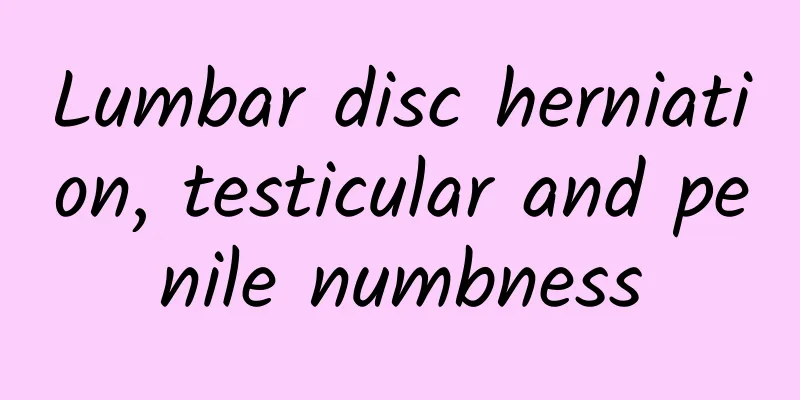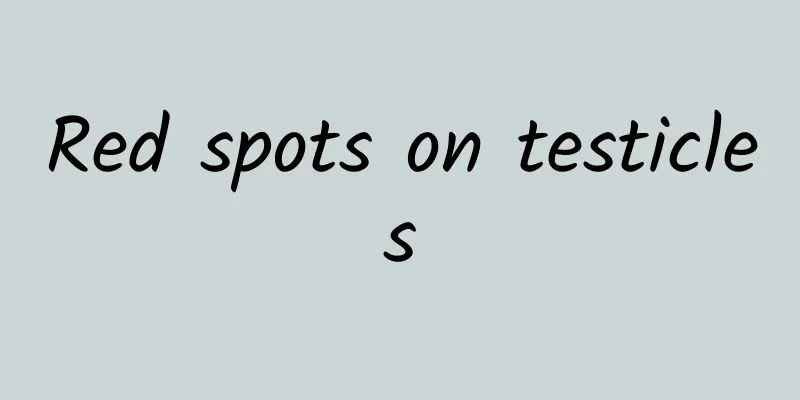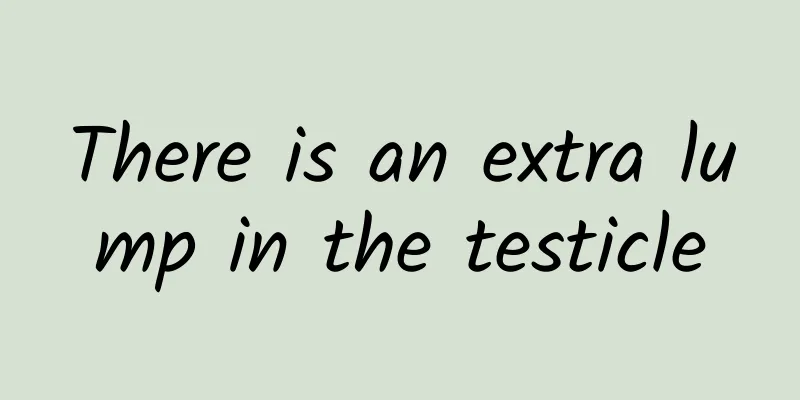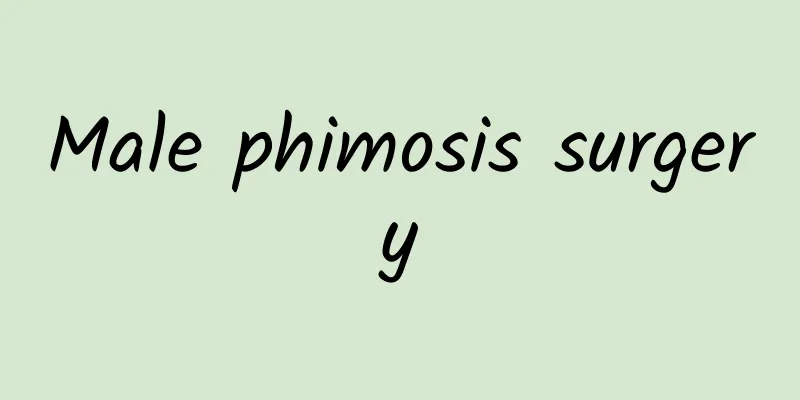Lumbar disc herniation, testicular and penile numbness

|
Lumbar disc herniation is a problem that many people have nowadays. For patients with lumbar disc herniation, they will experience a lot of pain when the disease occurs. For example, testicular and penis numbness is a very common symptom. There are many effective methods for treating lumbar disc herniation, and different methods are suitable for different groups of people. The following is a detailed introduction to the treatment methods of lumbar disc herniation. 1. Non-surgical treatment Non-surgical treatment is mainly suitable for: 1) young patients, patients with first onset or short course of disease; 2) patients with mild symptoms that can be relieved by themselves after rest; 3) patients with no obvious spinal stenosis on imaging examination. (1) Absolute bed rest. When the first attack occurs, you should strictly rest in bed and emphasize that you should not get out of bed or sit up to defecate or urinate. This will achieve better results. After 3 weeks of bed rest, you can wear a waist belt to protect yourself and get up and move around. Do not bend your waist to hold objects within 3 months. This method is simple and effective, but it is difficult to stick to. After relief, you should strengthen your back and waist muscle exercises to reduce the chance of recurrence. (2) Traction therapy: Pelvic traction can increase the width of the intervertebral space, reduce the intradiscal pressure, retract the protruding part of the intervertebral disc, and reduce the stimulation and pressure on the nerve roots. It needs to be performed under the guidance of a professional doctor. (3) Physical therapy and massage can relieve muscle spasms and reduce the pressure within the intervertebral disc. However, be aware that violent massage can aggravate the condition and should be used with caution. (4) Supportive treatment: Glucosamine sulfate and chondroitin sulfate can be tried for supportive treatment. (5) Epidural injection of corticosteroids Corticosteroids are long-acting anti-inflammatory agents that can reduce inflammation and adhesions around nerve roots. Generally, long-acting corticosteroid preparations + 2% lidocaine are used for epidural injection once a week, 3 times as a course of treatment, and another course of treatment can be used after 2 to 4 weeks. (6) Chemical nucleus pulposus dissolution: Collagenase or papain is injected into the intervertebral disc or between the dura mater and the protruding nucleus pulposus to selectively dissolve the nucleus pulposus and the annulus fibrosus without damaging the nerve roots, thereby reducing the pressure in the intervertebral disc or reducing the size of the protruding nucleus pulposus to relieve symptoms. However, this method has the risk of allergic reactions. 2. Percutaneous nucleotomy/laser vaporization of the nucleus pulposus Special instruments are used to enter the intervertebral space under X-ray monitoring, and part of the nucleus pulposus is crushed and sucked out or vaporized by laser, thereby reducing the pressure within the intervertebral disc and relieving symptoms. This procedure is suitable for patients with bulging or mild protrusion, but not for patients with lateral crypt stenosis or obvious protrusion, or those whose nucleus pulposus has fallen out of the spinal canal. 3. Surgical treatment (1) Indications for surgery: ① Patients with a medical history of more than three months who have failed to respond to strict conservative treatment or who have responded to conservative treatment but have frequent relapses and severe pain; ② Patients with first onset but severe pain, especially with obvious symptoms in the lower limbs, who have difficulty moving and sleeping, and who are in a forced posture; ③ Patients with combined cauda equina compression; ④ Patients with single nerve root paralysis, accompanied by muscle atrophy and decreased muscle strength; ⑤ Patients with combined spinal canal stenosis. (2) Surgical method: Through the posterior lumbar incision, partial removal of the lamina and articular processes, or intervertebral disc removal through the interlaminar space. For central disc herniation, after laminectomy, the disc is removed through the epidural or intradural space. Patients with lumbar instability and lumbar spinal stenosis need to undergo spinal fusion at the same time. |
<<: What does it feel like when a man has inflammation down there?
>>: Ebony wood benefits for men
Recommend
What causes itchy foreskin?
There are many common male diseases, such as itch...
Treatment for sequelae of masturbation
Many single male friends masturbate in their dail...
Men's health care: Beware of the most liver-damaging bad habits in daily life
1. Irritability Irritable people: Chinese medicin...
What medicine is good for scrotal eczema
Scrotal eczema literally means eczema around the ...
Men's Physical Examination Items
Regular physical examinations are very necessary ...
What causes blood in men’s stool?
People nowadays seem to have a fixed mindset. Onc...
What is the difference between strawberry nose and rosacea?
Strawberry nose and rosacea are two common ENT di...
Why do men have back pain? Five causes
Back pain is a common pain symptom in life. For e...
What to do if a boy has red blood streaks on his face
We all know that the red blood streaks on the fac...
Side effects of eating donkey-hide gelatin for men
What are the advantages and disadvantages of men ...
Pig skin, which is often discarded, has surprising nutritional benefits!
Nowadays, there are only a few kinds of meat that...
What to do if you can't ejaculate sperm
Many friends will find that sometimes they sudden...
Boys have pain in the lower abdomen and testicles
During puberty, the bodies of men and women have ...
Frequent and painful urination in men may be related to three diseases
Frequent and painful urination is the most distre...
Can I drink milk when I have a cold and cough?
Milk is a high-protein nutrient that can replenis...









